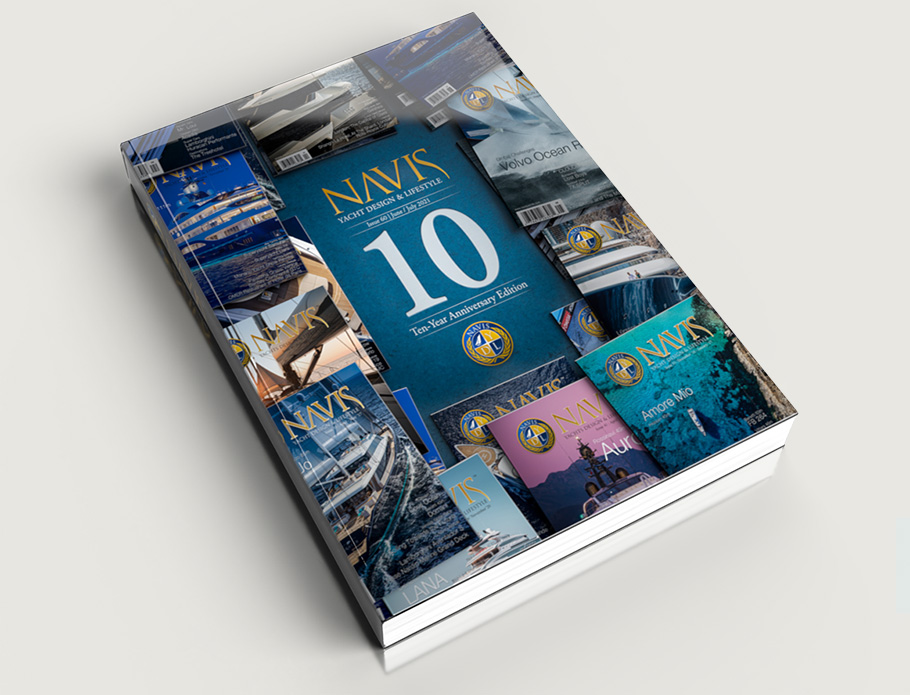Digitalization has profoundly impacted the superyacht industry, and yacht builders such as Lurssen have been at the forefront of implementing new technology in their production lines. The use of digital tools and software has allowed yacht builders like German-based Lurssen to streamline their processes, increase efficiency, and produce some of the highest-quality yachts in the world. Committed to new developments and sustainable yachting, Lurssen’s dedication to building environmentally responsible yachts is apparent. With state-of-the-art production facilities, the family’s own yard is capable of handling multiple yacht builds and refits at once.
One of the key areas where digitalization has had the biggest impact is in the production of intricate pipework aboard high-end superyachts. In the past, this was a time-consuming and complex process that relied heavily on manual labor and a high skill level from the workers. However, with the use of advanced digital tools and software, Lurssen has been able to significantly reduce the time and cost associated with this process. With a large investment into a laser-marking device, a data matrix code connects all data and determines the exact placement of each section of pipe.
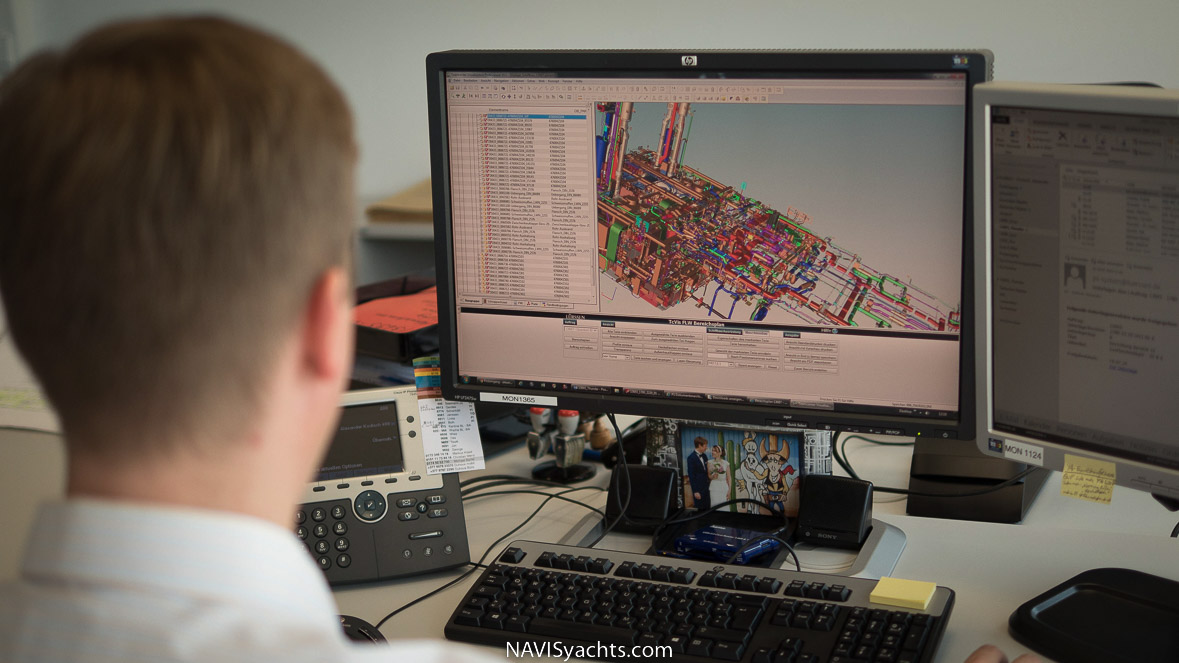
Lurssen utilizes 3D modeling and simulation software that eliminates paper and drawings to create, design, and test the pipework systems before they are installed on the yacht. This allows the company to identify any potential problems or inefficiencies and make changes before the installation process begins. Using these digital tools also allows an efficient synergy between departments and stakeholders, ensuring that all aspects of the project are aligned.
Lurssen’s Director of Production explains:
“The key impact of this is that any modifications are quick and simple to update on the system, meaning the client can have more time to make decisions about the design of certain areas of their yacht while we are building the hull and superstructure, foundations and pipework. It saves time and money, and by digitally sorting the production of pieces in a way that optimizes the amount of material needed, we significantly reduce waste material. It really is a game changer.” - Phillip Kruger
Once the design process is complete, digital fabrication tools are used to produce the pipes and components with high accuracy and precision. This eliminates the need for manual cutting and bending, which not only reduces the risk of errors but also increases the speed of production.
Digital tools are used to monitor the quality of the work and ensure that the pipes and components are installed correctly. This reduces the need for manual inspections and provides a more comprehensive and accurate assessment of the work.
After the complex pipework systems are installed on the yacht, digital tools are also used to maintain and manage performance and functions. This allows Lurssen to keep track of the systems, ensure that the pipework is functioning correctly, and that any necessary repairs or maintenance are carried out in a timely and efficient manner.
With a commitment to outstanding craftsmanship and engineering mastery, team Lurssen has embraced new technology and incorporated new innovations into yacht design and building. The ability to create intricate 3D models and extensive drawings means that each section of the vessel’s pipework is coded and can be rebuilt and sent to the yacht; potentially needed sections could be scanned with a smartphone and requested.
Armed with a successful proof of concept, Lurssen has plans to use the technology in other areas of yacht design, and digitally model yacht superstructures, hulls, and foundations. The possible applications are far-reaching, with 3D modeling and simulation software being expanded to make things such as yacht cabling more accurate and efficient, providing a clear advantage for this german shipyard.
Along with increased accuracy and ease of maintenance, this makes the design and production process far more efficient. The elimination of waste makes the yacht building process more stable and saves time with respect to reliable production schedules. As impressive as this is, 3D modeling is not the only innovation that can be credited to Lurssen; in their latest superyacht lineup, lower fuel consumption models, reduced emissions, and noise pollution are the hallmarks of their vessels. In addition, Lurssen is responsible for driving research and advancements in methanol-powered fuel cells to make yachts cleaner to operate and more sustainable.

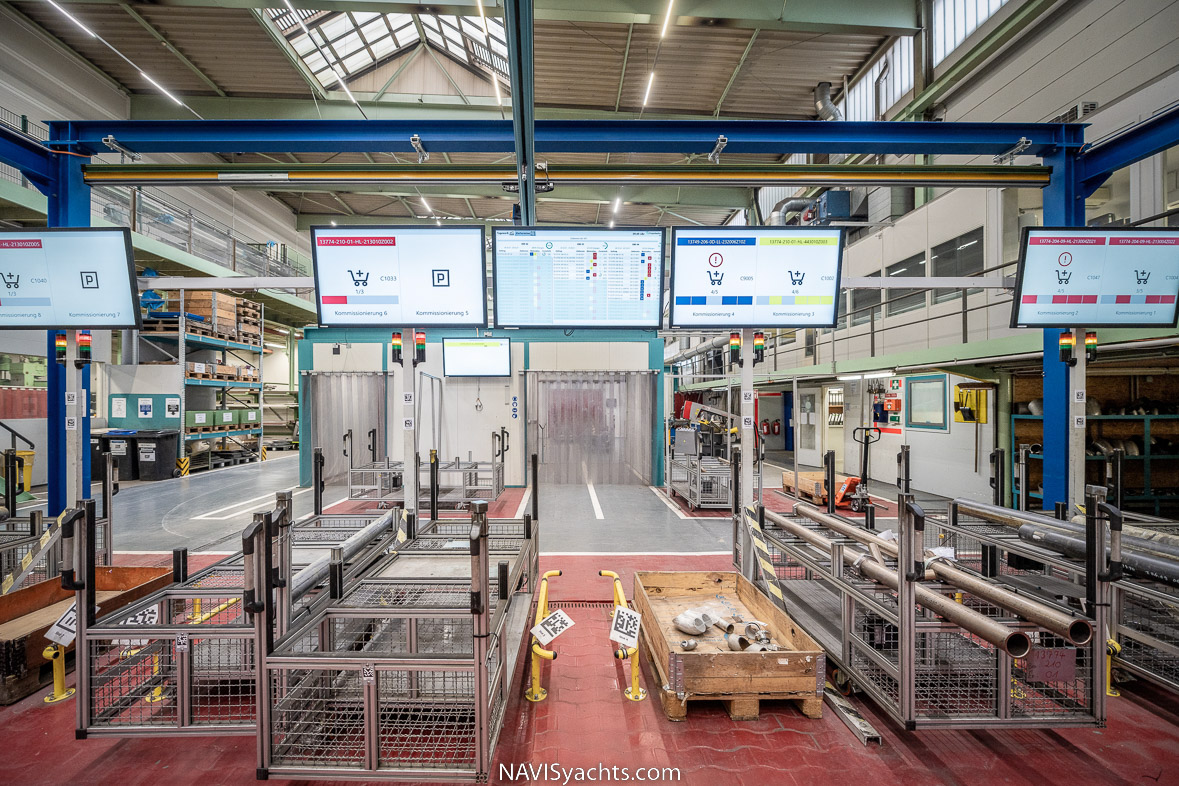
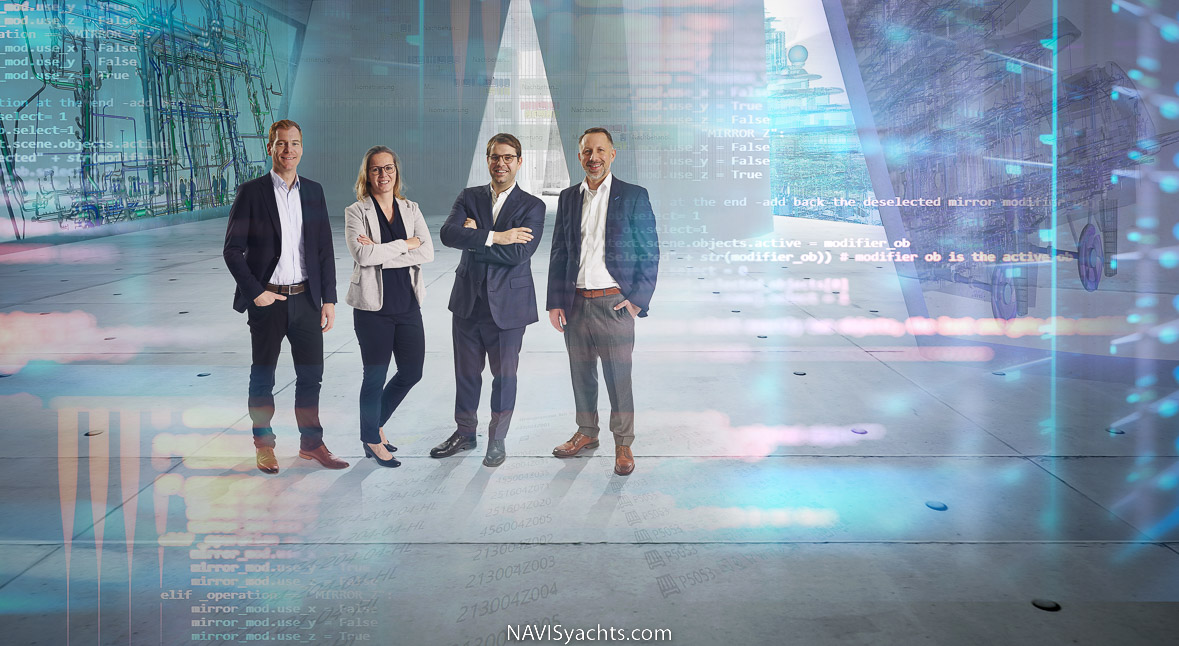
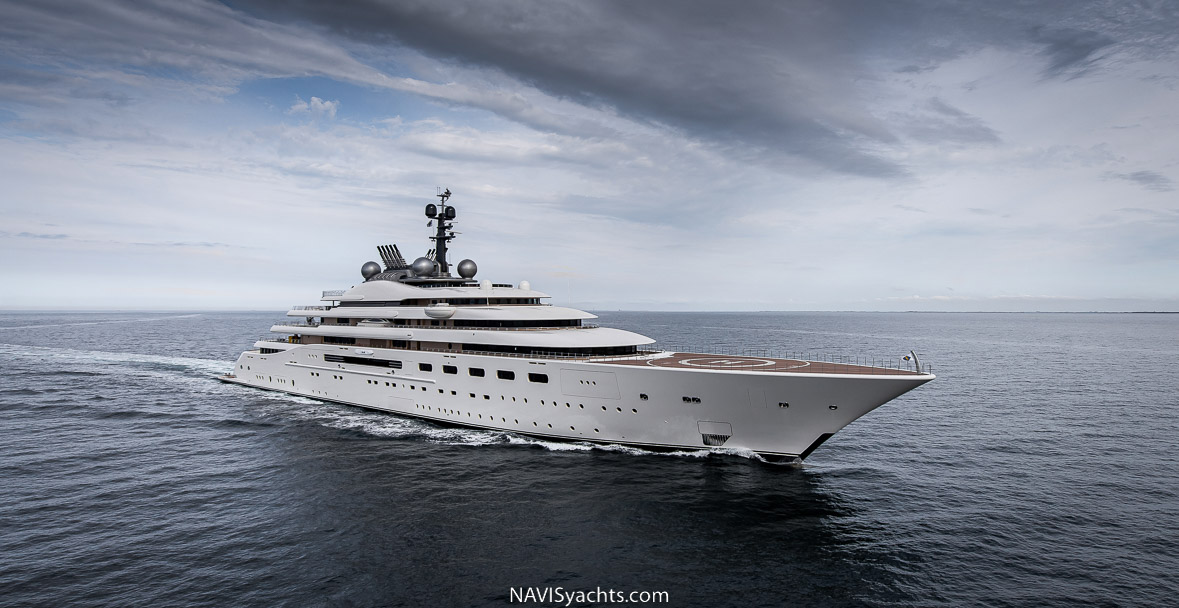
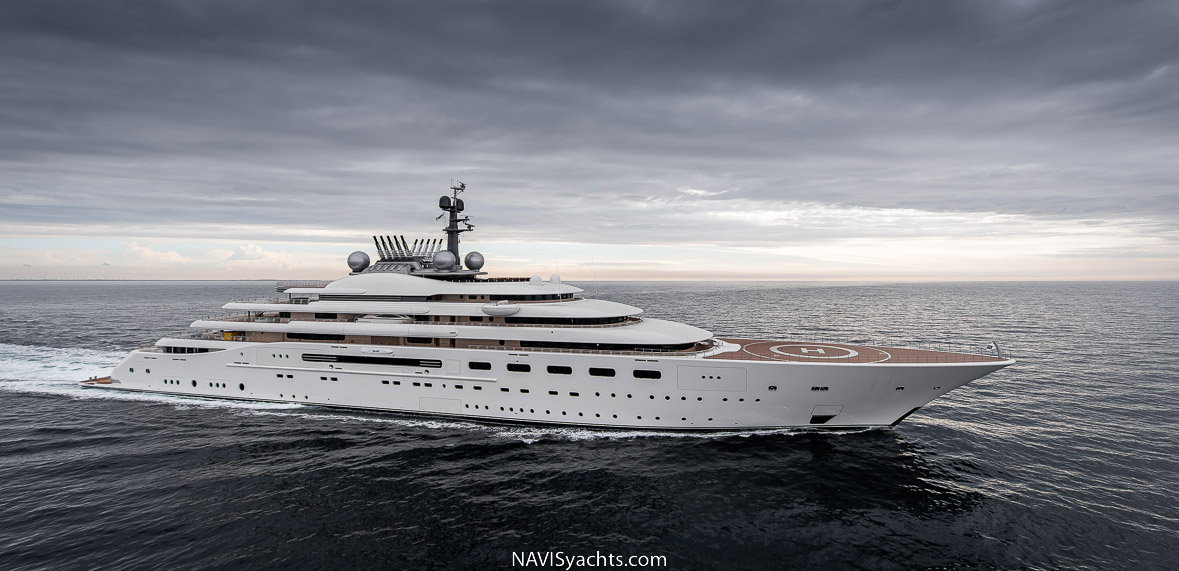
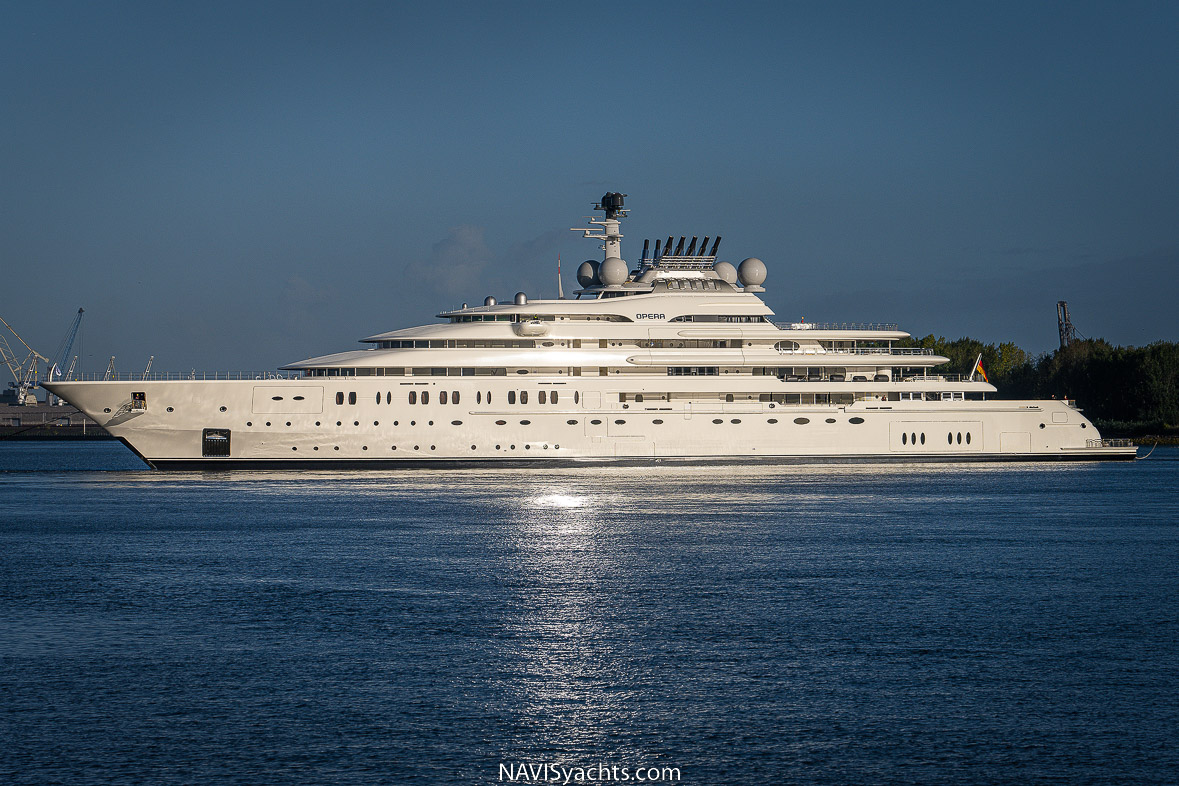
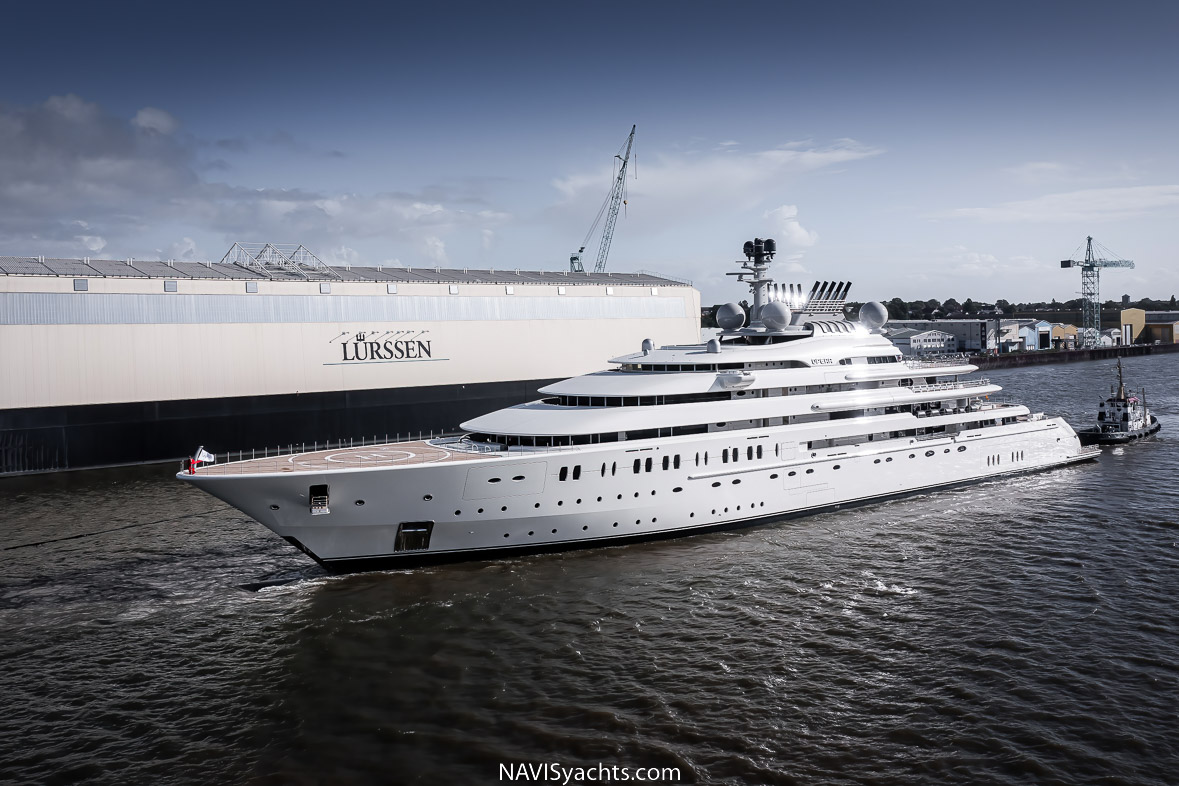
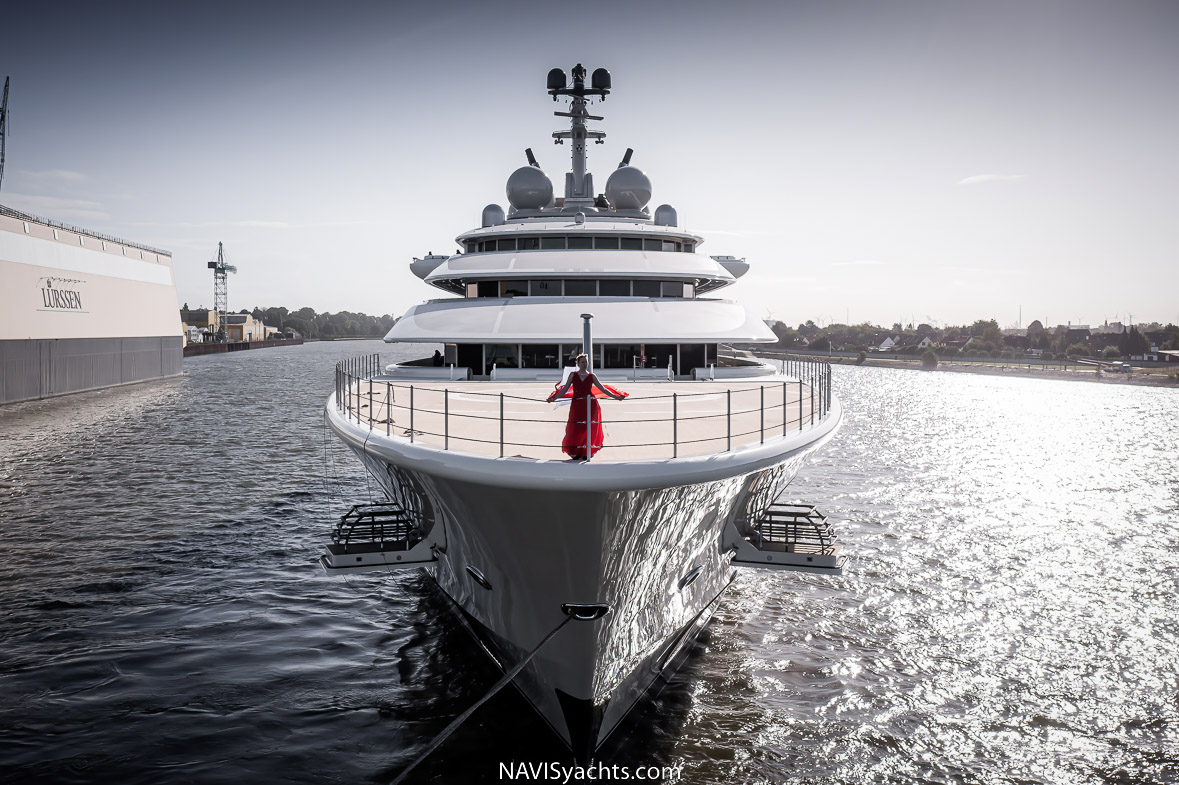
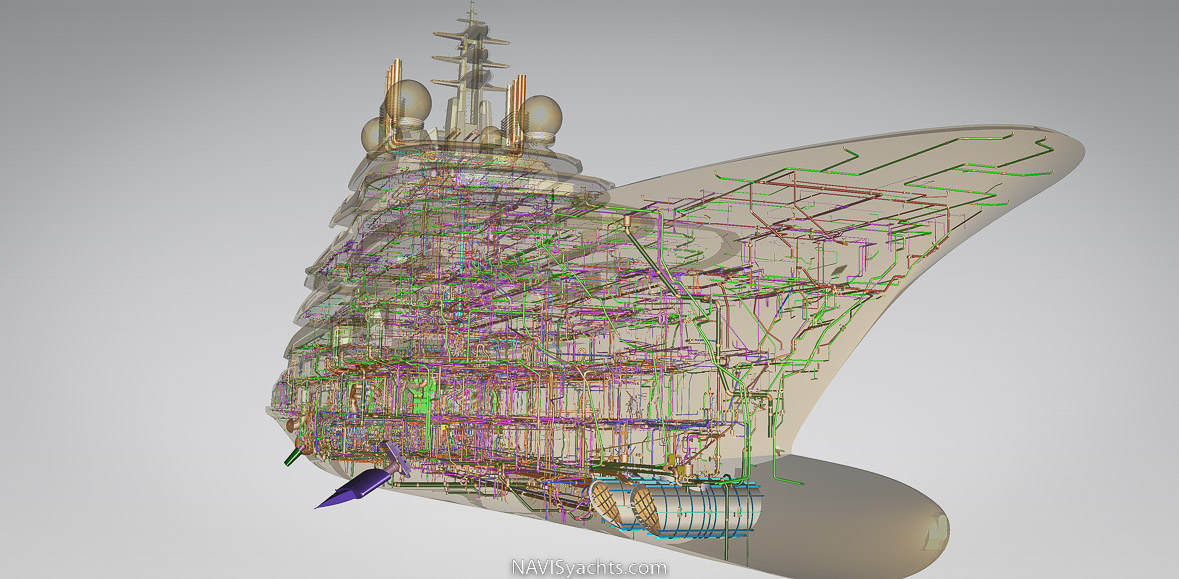
Photos: Tom Van Oossanen, Alexander Kodisch, Lürssen | Words: Emma Hersh

